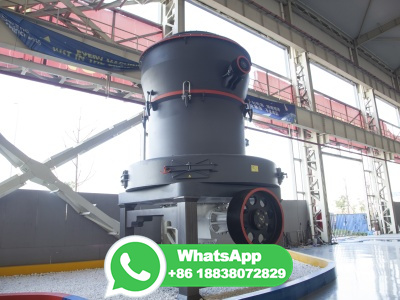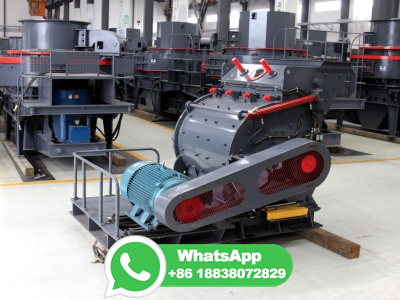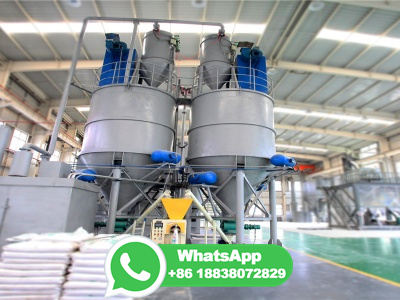Direct reduction of iron to facilitate net zero ...
WEBFeb 15, 2024 · Iron ore pellet production process. Iron ore, refined through orebeneficiation techniques, yields ironore concentrate powder, which is directly utilized as the raw material in fluidizedbed reactors. To ensure uniform particle size and mechanical properties, most reactors require agglomeration treatment. ...



































